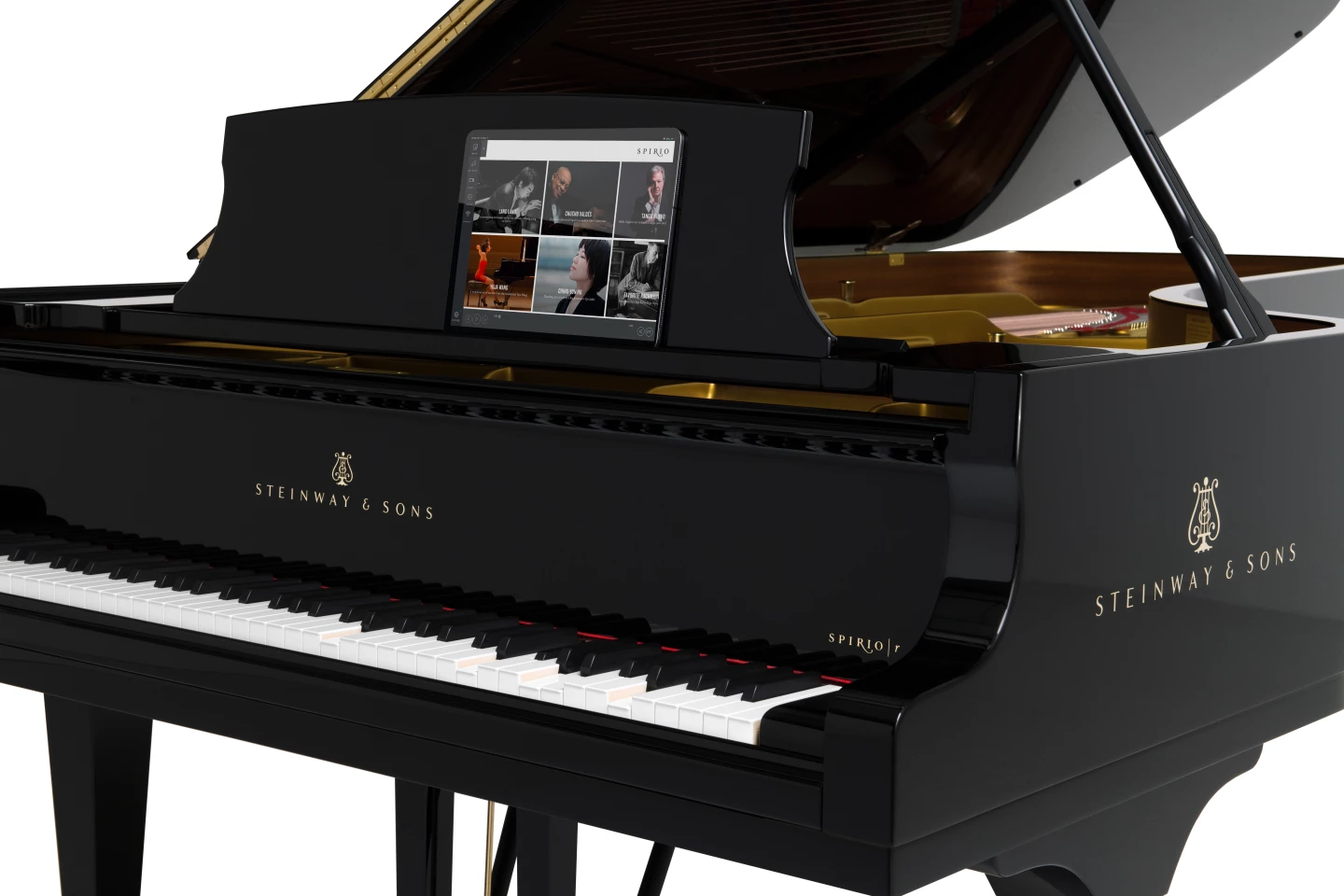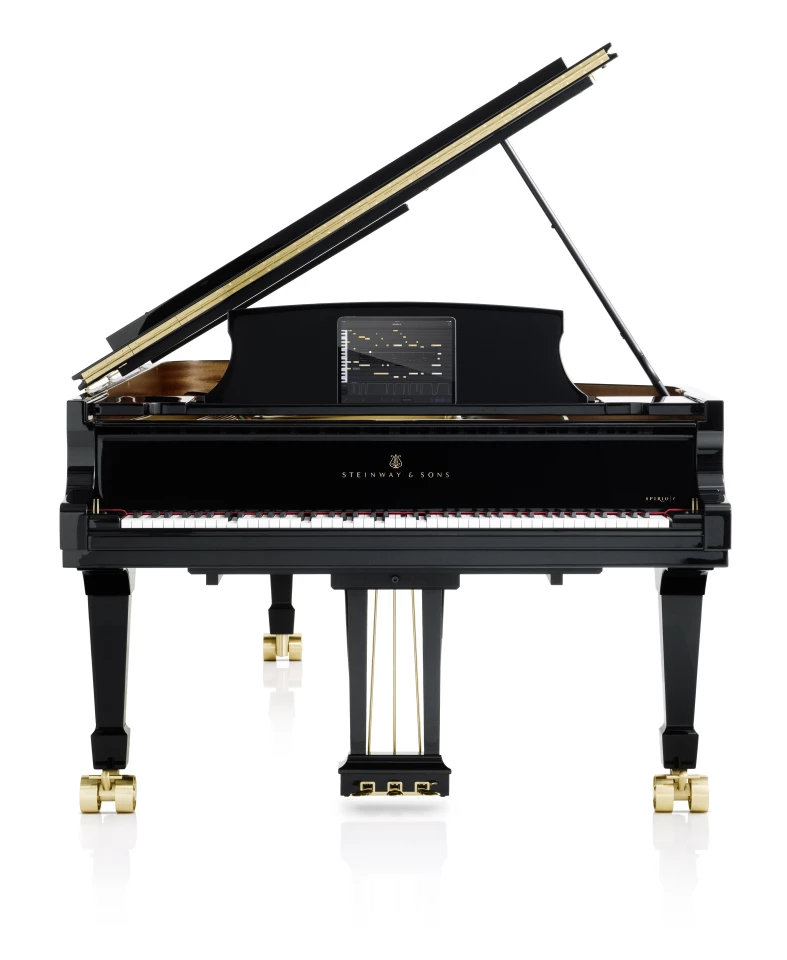Pianos. People love having them around. My dad's a prime example; he doesn't think a house is a home until it's got a piano in it. Never mind the fact that he can barely play chopsticks – his own piano's chief function is to send him into fits of rage when his highly innovative grandchildren play it in an experimental fashion using their faces, feet, elbows and backsides.
Indeed, there are probably far more pianos out there than decent piano players. This is a problem that technology has been solving since the bellows-powered Pianola was first launched in 1896. Slot in a scroll, set the tempo, pump those wheezing pedals, and these early "player pianos" would hit the notes for you as if the invisible man was giving it a gumboot full, bringing life and live music to the party even if you couldn't find your middle C with both hands.
Fast forward to 1982, when Yamaha brought the concept into the new digital world with its "Piano Player," which evolved into the Disklavier in 1987. Invented before the MIDI standard, Yamaha's technology couldn't just play back performances – it could record them, too. By 1998, the Disklavier Pro was capturing "high-resolution" performances, sampling each note's strike velocity at 1,024 levels (eight times the dynamic resolution of MIDI), and reading pedal positions at 256 increments.
By 2006, Yamaha had its Disklaviers capable of recording performances in sync with video clips, opening up a new type of experience for owners. You could watch a famous musician tickling the ivories on a video screen while your own piano reproduced the performance better than any stereo – it doesn't matter how good your hi-fi system is, it can't replicate the real vibration of wood and wire. By 2012, the system was capable of broadcasting live performances from Yamaha piano to Yamaha piano.
Except most concert pianists don't want to play Yamaha pianos. Given the choice, they want to play hand-made Steinway grands.

Steinway stayed largely out of the unseemly electronics game while Yamaha and other companies did the dirty work of developing these digital player systems, and didn't poke a toe into the water until 2014, when it bought out Wayne Stahnke's "Live Performance Model LX" technology and started integrating it into Steinway pianos under the Spirio brand from 2015.
Spirio pianos were playback-only until the Spirio R debuted the ability to record performances in 2019. And if the company was worried customers would pooh-pooh the inclusion of digital technology into their priceless Steinway grands, they needn't have been. The company says Spirio-equipped pianos – which ship with iPads pre-loaded with the Spirio control apps – now already account for some 45 percent of its sales.
Where Yamaha's interfaces are reportedly more complex than is necessary, Steinway's are very streamlined and simple. Where Yamaha uses MIDI files (with eight instrument tracks per key, presumably, to account for the high-resolution sampling), Steinway uses its own proprietary format. Where Yamaha gives Disklavier buyers free access to 500 of the 11,000-odd songs it's got in its library and charges you to hear more, Steinway buyers get access to the company's full library of 4,300-plus songs, with more added monthly. And where Yamaha doesn't give users the ability to edit recorded performances easily in its app, Spirio owners can hop into a song through their iPad app and tidy up any bung notes.

And now, Steinway's got its live performance streaming system up and running too. SpirioCast runs off the iPad, live-streaming video, audio and Spirio performance data to the cloud. From there, it can be opened up to be enjoyed by the public, or it can be set up as a private event. Those with Spirio pianos will have their own instruments play in sync; those without will make do with a traditional audiovisual stream.
So yes, player pianos are nothing new. Neither are digital player pianos, digital recording player pianos, or pianos that can live-stream performances to other pianos. This is merely the first time it's happening on the world's finest high-end concert grands – but that's good news for anyone with the hundred grand-plus to buy a Spirio, since so much of significance in the piano world happens on a Steinway.
My kids are taking commissions for live-streamed experimental face and backside mashing compositions, if anyone's interested. We'll just need to borrow your Steinway.
Source: Steinway







